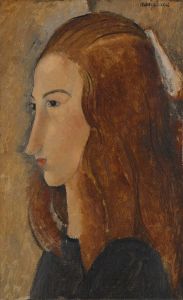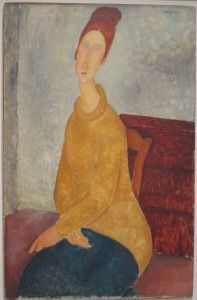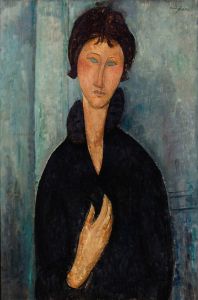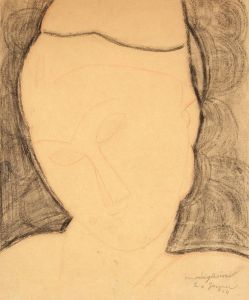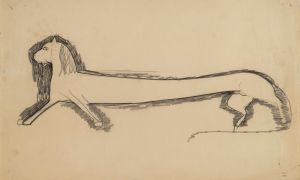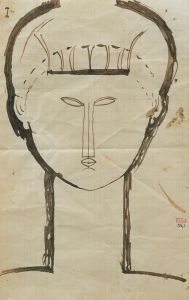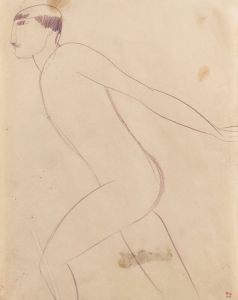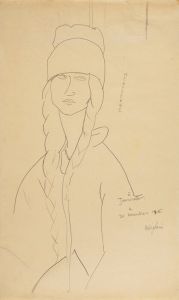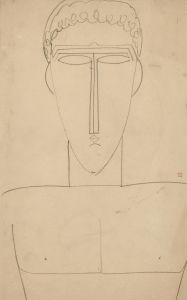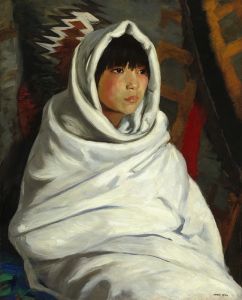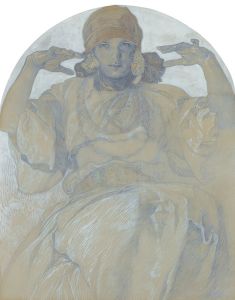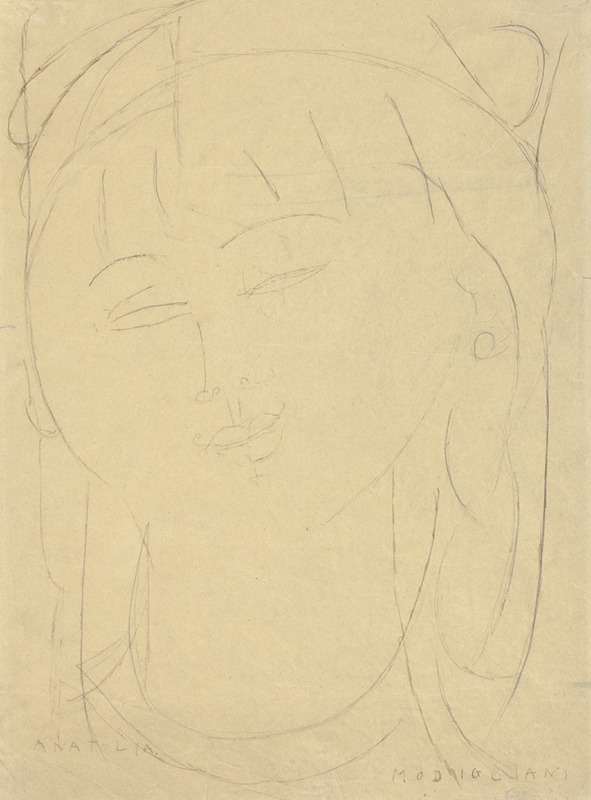
Head of Anatolia
A hand-painted replica of Amedeo Modigliani’s masterpiece Head of Anatolia, meticulously crafted by professional artists to capture the true essence of the original. Each piece is created with museum-quality canvas and rare mineral pigments, carefully painted by experienced artists with delicate brushstrokes and rich, layered colors to perfectly recreate the texture of the original artwork. Unlike machine-printed reproductions, this hand-painted version brings the painting to life, infused with the artist’s emotions and skill in every stroke. Whether for personal collection or home decoration, it instantly elevates the artistic atmosphere of any space.
"Head of Anatolia" by Amedeo Modigliani does not appear to be a recognized or documented artwork by the artist. Amedeo Modigliani, an Italian painter and sculptor, is renowned for his distinctive style characterized by elongated forms and mask-like faces. His oeuvre primarily includes portraits and nudes, which are celebrated for their modernist approach and emotional depth.
Modigliani was born on July 12, 1884, in Livorno, Italy, and he moved to Paris in 1906, where he became part of the city's vibrant avant-garde scene. His work was influenced by various movements, including Impressionism, Symbolism, and Cubism, although he developed a unique style that set him apart from his contemporaries. Modigliani's portraits often feature elongated necks and faces, with almond-shaped eyes that are sometimes left blank, creating a sense of introspection and mystery.
Throughout his career, Modigliani was inspired by a variety of sources, including African masks and sculptures, which influenced the stylized features in his portraits. His work also reflects an interest in the human form and a desire to capture the essence of his subjects, often friends, lovers, and fellow artists.
Modigliani's sculptures, though less numerous than his paintings, also exhibit his characteristic style. He created a series of stone heads between 1911 and 1913, which share the elongated features and simplified forms seen in his paintings. These sculptures were influenced by his interest in African and Cycladic art, and they contributed to his reputation as a significant figure in modern art.
Despite his artistic achievements, Modigliani struggled with poverty and health issues throughout his life. He suffered from tuberculosis, which was exacerbated by his lifestyle, and he died at the young age of 35 on January 24, 1920. His work gained significant recognition posthumously, and he is now regarded as one of the most important artists of the 20th century.
If "Head of Anatolia" were a legitimate work by Modigliani, it would likely reflect his signature style and thematic interests. However, without verifiable information or documentation of such a piece, it is not possible to provide a detailed description or analysis. Modigliani's existing body of work continues to be studied and celebrated for its contribution to modern art, and his influence remains evident in the continued appreciation and exhibition of his paintings and sculptures worldwide.
For those interested in Modigliani's art, numerous museums and galleries around the world house his works, including the Museum of Modern Art in New York, the Tate Modern in London, and the Centre Pompidou in Paris. His legacy endures through these collections, offering insight into his unique vision and the enduring appeal of his artistic style.






